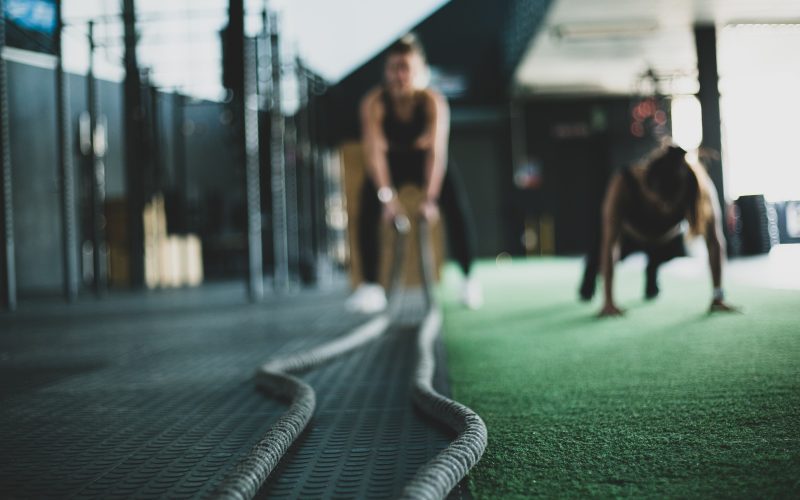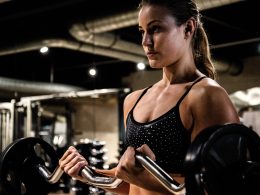Functional fitness is a type of exercise that focuses on movements that mimic everyday activities. It’s designed to improve overall strength, flexibility, and mobility, making it easier to perform daily tasks and activities. Here are some tips for beginners looking to incorporate functional fitness into their workout routine:
1. Start slowly: It’s important to start slowly and gradually increase the intensity and duration of the workouts. This will help prevent injury and ensure that you’re able to perform the exercises correctly.
2. Focus on form: Proper form is essential when performing functional fitness exercises. It’s important to focus on form and technique to ensure that you’re targeting the right muscles and reducing the risk of injury.
3. Incorporate a variety of exercises: Functional fitness involves a variety of exercises that target different muscle groups. It’s important to incorporate a variety of exercises into your workout routine to ensure that you’re targeting all areas of the body.
4. Use bodyweight exercises: Bodyweight exercises are a great way to incorporate functional fitness into your workout routine without the need for equipment. Exercises such as squats, lunges, and push-ups can be done anywhere and are great for beginners.
5. Incorporate weights: As you become more comfortable with bodyweight exercises, you can start to incorporate weights into your workout routine. This can include dumbbells, kettlebells, or resistance bands.
6. Focus on balance and coordination: Functional fitness exercises are designed to improve balance and coordination. It’s important to incorporate exercises that target these areas, such as single-leg squats or balance exercises.
7. Be patient: It takes time to see results from functional fitness. It’s important to be patient and consistent with your workouts to see improvements in strength, flexibility, and mobility.
When starting a functional fitness routine, it’s important to have realistic expectations. Here are some things to expect when starting a functional fitness routine:
1. Soreness: It’s normal to experience some soreness when starting a new workout routine. This is a sign that your muscles are working and adapting to the new exercises.
2. Improvement in strength and flexibility: Over time, you’ll start to see improvements in strength and flexibility. This can include being able to lift heavier weights or being able to perform exercises with better form.
3. Increased energy: Functional fitness can increase energy levels and improve overall mood. This is due to the release of endorphins during exercise.
4. Improved posture: Functional fitness exercises can improve posture by strengthening the core and back muscles.
5. Reduced risk of injury: By improving balance, coordination, and flexibility, functional fitness can reduce the risk of injury during everyday activities.
In conclusion, functional fitness is a great way for beginners to improve overall strength, flexibility, and mobility. It’s important to start slowly, focus on form, incorporate a variety of exercises, and be patient when starting a new workout routine. By incorporating functional fitness into your workout routine, you can improve your overall health and well-being. As a journalist, I encourage our readers to consult with their healthcare provider before starting any new exercise program.












